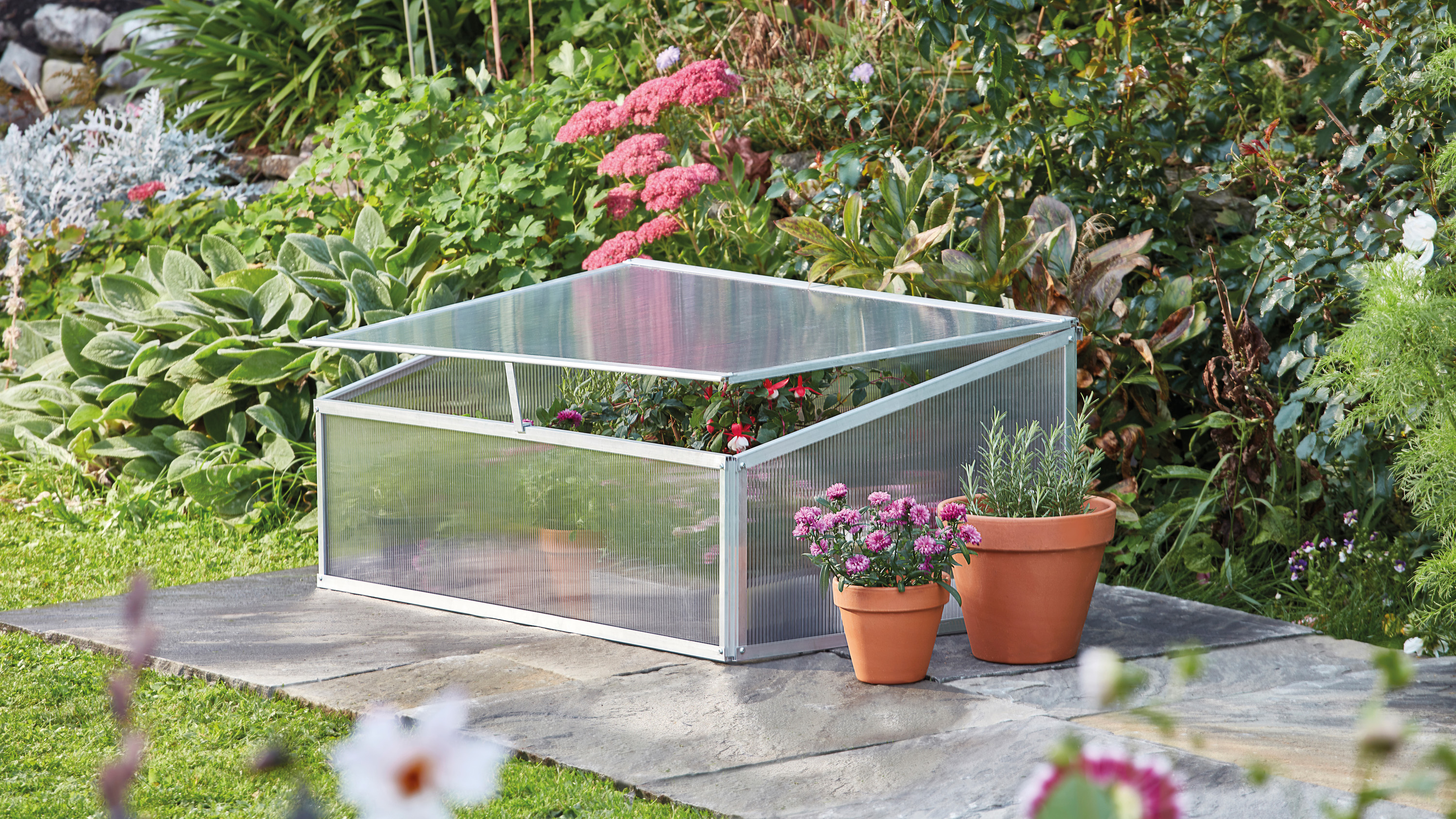5 Ways To Use Cold Frames And Cloches In Your Garden
Keep reading for our top ways to use cold frames and cloches in your space then check our our greenhouse ideas if youre after a bigger area for growing plants fruits and. Pallet and Window Cold Frame.
Bottom A bottom is not necessary for your cold frame.

5 ways to use cold frames and cloches in your garden. Using milk jugs with the bottoms cut off as cloches and more is a a really great way to use what you have and save in the garden. A cold frame that employs this method of retaining heat is called a hotbox. Building a cold frame is easy.
Keep reading for our top ways to use cold frames and cloches in your space then check our our greenhouse ideas if youre after a bigger area for growing plants fruits and. Cold frames are also used to harden off seedlings that were started indoors. Most people just use soil.
Brick and Window Cold Frame. To add composting material dig down one or two feet inside the hotbox and fill the hole with a. You can use your cold frame in winter to prevent alpines from rotting by shielding them from the rain and snow.
Milk Jug Garden Covers. Hardy vegetables like kale cabbage chard lettuce broccoli Brussels sprouts turnips parsnips and beets will over-winter well and youd likely also have a fair bit of luck with herbs such. Top A light-permeable cover such as glass plexiglass or greenhouse plastic is used for the top of a cold frame.
Similar to the plastic jug cloche idea if you have a few glass bottles on hand you can use them to make your own cloches too. How to Build a Cold Frame. A thick layer of sand is spread atop the manure then pots and flats of plants can be placed on the sand.
Use a straight branch a broom handle or a length of 1 x 2 lumber we used a split piece of cedar to make the ridge for your cloche. Simply cut a glass bottle in half and slip it over your plants using this glass cutting set. Shower Door Cold Frame.
30 Minute Cold Frame. Build a cold frame for frost protection. You can overwinter the fresh annuals and keep them until spring comes.
Simply lay it along the top and tie it securely to the hoops taking care to pull each hoop into position so that the ridge is tied to the approximate center. Try sowing seeds of crops such as radish lettuce endive and scallions directly in the frame for an early or late harvest. Sides The sides are made of any material that will create a supportive structure for the cover.
There are people in colder gardening zones who are able to start seedlings outside even in frost and snow using. Finally attach an old window to the top of your frame with rust-proof hinges. For extra stability screw L-shaped brackets inside the four corners of your cold frame.
They can be customized to fit the length and width of your garden bed and are easily stored when not in use. Use a simple stick to keep your cold frame propped open to let air circulate on. Cold frames in Winter.
The active decomposition of the manure generates heat that lasts for several weeks and once the heat dies down the manure can be used as compost and the frame can turn into a cold frame or raised bed again. If you want to add some extra protection you can place a layer of bubble plastic on the inside. Even during the winter one can grow greens and herbs just by using a cold frame.
You can even raise them there all summer as long as. The following is a brief explanation on how to build a cold frame and on how to prepare the soil for your winter garden. As the cold weather starts to come on many of us sigh and look forward to the start of the spring again when we can once more grow fresh vegetables and fruit for our tables.
Its perfect for cold and temperate regions. A cold frame is basically a small greenhouse that can be placed over your a garden bed. The heat from the composting material is retained in much the same way solar heat is kept in.
Cold frames can be built with scrap lumber and old windows like this one from This Old House.

















